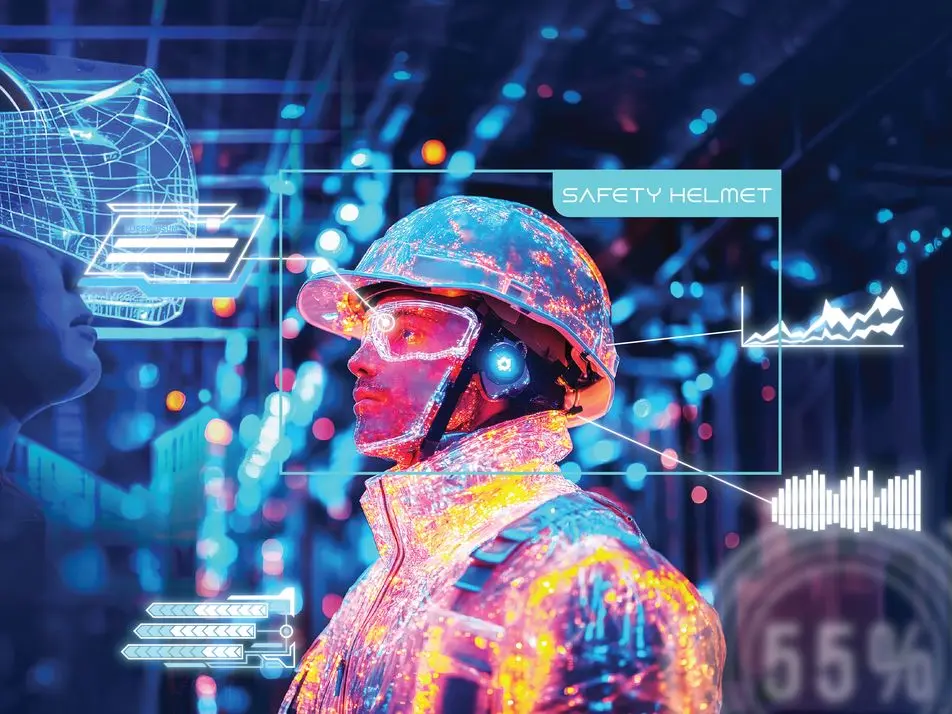Environmental, Health, and Safety (EHS) management has always been a balancing act — protecting people, ensuring compliance, and keeping operations efficient. Yet, for many organizations, EHS still feels reactive rather than proactive. Paper-based systems, endless spreadsheets, and siloed software solutions make it difficult to keep up with evolving regulations, manage risks effectively, and engage workers at every level.
This is where technology has stepped in. But technology itself has gone through an evolution — from manual recordkeeping to cloud-based platforms, and now to AI-powered solutions that are redefining what’s possible in workplace safety and compliance.

The Early Days: Paper and Spreadsheets
For decades, EHS management relied on manual processes:
- Incident reports were logged on paper forms.
- Safety inspections required manual checklists.
- Compliance data was buried in filing cabinets or Excel sheets.
The problem? These methods were slow, error-prone, and lacked visibility. By the time issues were identified, risks had often escalated.
The Rise of EHS Software
The next wave came with digital EHS platforms. Cloud-based systems centralized safety records, automated reporting, and improved compliance tracking. Businesses finally had a single source of truth.
But even with software, pain points remain:
- Data still requires heavy manual input.
- Predicting risks before they happen is nearly impossible.
- Safety engagement depends on human follow-through.
In other words: today’s EHS systems often tell you what went wrong, but not what will go wrong.

Why AI Is the Next Frontier in EHS
Artificial Intelligence is bridging that gap, turning EHS from reactive to proactive. AI doesn’t just record data — it learns from it. It spots patterns humans miss, automates routine tasks, and enables real-time decision-making.
Here’s how AI is transforming EHS today:
1. Predictive Safety
Instead of waiting for accidents to happen, AI analyzes historical data, environmental conditions, and worker behavior to predict risks before they escalate.
Pain Point Solved: No more relying solely on lagging indicators (like injury rates). Companies can act on leading indicators and prevent incidents entirely.
2. Real-Time Monitoring & Alerts
With AI-powered sensors, cameras, and wearables, hazards can be detected instantly — from unsafe PPE usage to environmental changes.
Pain Point Solved: Supervisors don’t have to be everywhere at once. AI acts as an extra set of eyes, ensuring 24/7 vigilance.
3. Automated Compliance
AI can track regulations across multiple regions, flagging non-compliance risks and automating reporting.
Pain Point Solved: Reduces the burden of complex audits and regulatory changes, saving EHS teams countless hours.
4. Enhanced Worker Engagement
Chatbots and AI-driven training modules can engage workers more effectively than static manuals.
Pain Point Solved: Employees are more likely to adopt safety practices when guidance is accessible, interactive, and personalized.
What This Means for Businesses
Organizations that embrace AI in EHS are seeing:
- Fewer incidents and injuries thanks to predictive prevention.
- Lower compliance costs by automating reporting and regulatory tracking.
- Increased efficiency with less manual data entry and duplicated work.
- Stronger safety culture driven by real-time feedback and worker empowerment.
But those who delay adoption risk falling behind — not just in safety performance, but also in competitiveness. Regulators, clients, and employees increasingly expect organizations to use modern tools that put safety first.
The Future Is Already Here
The evolution of EHS technology shows us one thing: every leap forward has made safety management smarter, faster, and more effective. With AI, businesses now have the power to prevent risks rather than just respond to them.
The question is no longer if AI will transform EHS, but how quickly your organization will adapt.
👉 Ready to see how AI can redefine safety for your business?
Contact Keyway Digital Labs today to explore AI-driven EHS solutions tailored to your industry.